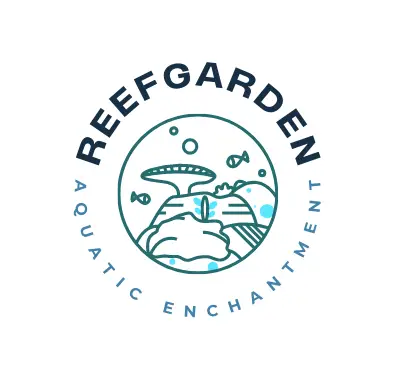When it comes to setting up a saltwater aquarium, there are many decisions to make, including where to place a protein skimmer.
One option that some aquarists consider is placing the protein skimmer in the refugium. But is this a good idea?
Let’s explore the pros and cons of this approach and look at some best practices.
Pros and Cons
Pros
One advantage of placing a protein skimmer in the refugium is that it can help remove excess nutrients, such as ammonia, nitrate, and phosphate, from the water. This can help improve water quality and reduce the likelihood of algae blooms.
Another benefit is that it can save space in the main display tank or sump.
By combining the protein skimmer and refugium into one chamber, aquarists can free up room for other equipment or livestock.
Cons
One major drawback of placing a protein skimmer in the refugium is that it can interfere with the growth of beneficial macroalgae.
The microbubbles created by the protein skimmer can damage or kill the macroalgae, which can reduce the effectiveness of the refugium.
Another potential issue is that the protein skimmer may become clogged with debris from the refugium, such as detritus or algae. This can reduce the skimmer’s efficiency and require more frequent cleaning.
Best Practices
If you decide to place a protein skimmer in the refugium, there are some best practices to follow to ensure success.
Consider the size of the refugium and protein skimmer. The refugium should be large enough to accommodate the protein skimmer without overwhelming the space. The protein skimmer should also be appropriately sized for the aquarium to ensure it can handle the bioload.
Consider the type of macroalgae you want to grow in the refugium. Some species, such as Chaetomorpha, are more resilient to microbubbles than others. Choosing the right macroalgae can help minimize the risk of damage from the protein skimmer.
Consider the placement of the protein skimmer within the refugium. Placing the protein skimmer near the outflow can help reduce the risk of clogs and ensure that the water is effectively skimmed.
Alternative Methods for Protein Skimming
While protein skimmers are a popular method for removing organic waste from aquarium water, they are not the only option available.
Here are some alternative methods for protein skimming:
Refugium
A refugium is a separate tank or chamber that is connected to the main aquarium. It is typically filled with live rock, sand, and macroalgae, which help remove excess nutrients from the water.
As water flows through the refugium, the macroalgae absorb nitrogen and phosphorus compounds, which can help reduce the amount of organic waste in the water.
Some hobbyists have reported success using a refugium as the sole method of filtration in their aquariums.
Water Changes
Water changes on a regular basis can help to remove excess nutrients and organic waste from the water.
Hobbyists can dilute the concentration of nitrogen and phosphorus compounds in the water by replacing a portion of the water on a regular basis, which can help to prevent the buildup of organic waste..
While water changes can be time-consuming, they are a simple and effective way to maintain water quality in the aquarium.
Media Reactor
A media reactor is a device that is used to house filter media, such as activated carbon, GFO, or biopellets.
As water flows through the reactor, the filter media absorb organic waste and other impurities from the water.
While a media reactor is not specifically designed for protein skimming, it can help to reduce the amount of organic waste in the water, which can help to maintain water quality in the aquarium.
Algae Scrubber
An algae scrubber is a device that is designed to promote the growth of algae in a controlled environment.
As water flows through the scrubber, the algae absorb nitrogen and phosphorus compounds, which can help to reduce the amount of organic waste in the water.
While an algae scrubber is not specifically designed for protein skimming, it can help to maintain water quality in the aquarium.
Conclusion
Placing a protein skimmer in a refugium can be beneficial in some situations, but it may not be the best choice for every aquarium.
It should be used in conjunction with other filtration methods to achieve the best results. Whether it is placed before or after a refugium, a protein skimmer can help remove excess nutrients and organic waste from the water, leading to a healthier and more vibrant aquarium environment.

